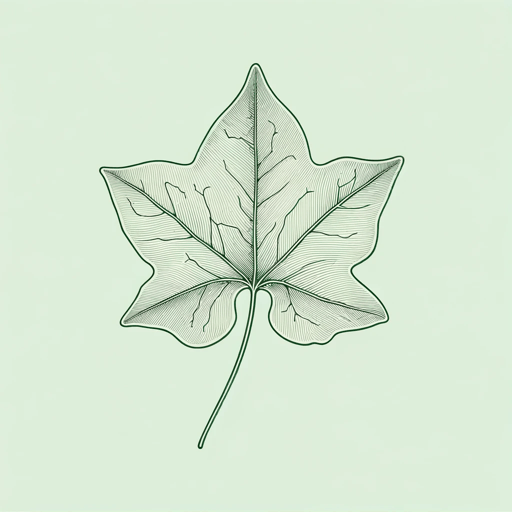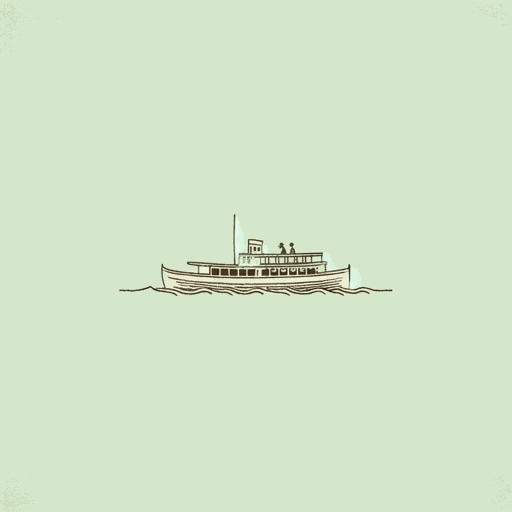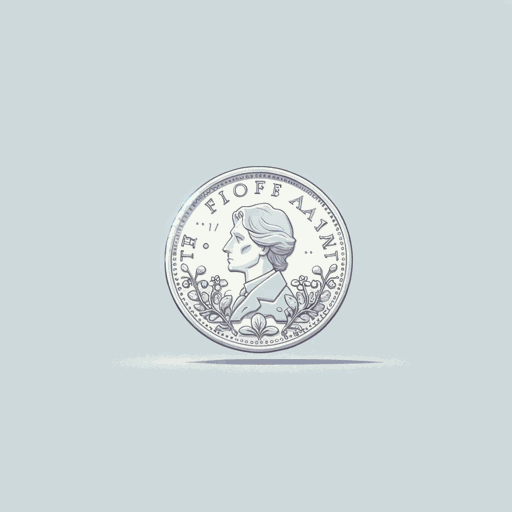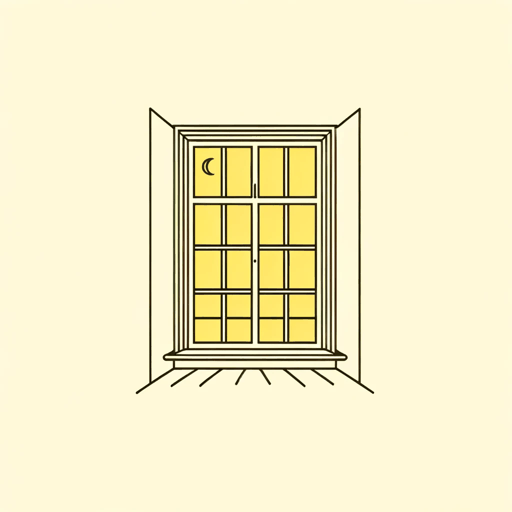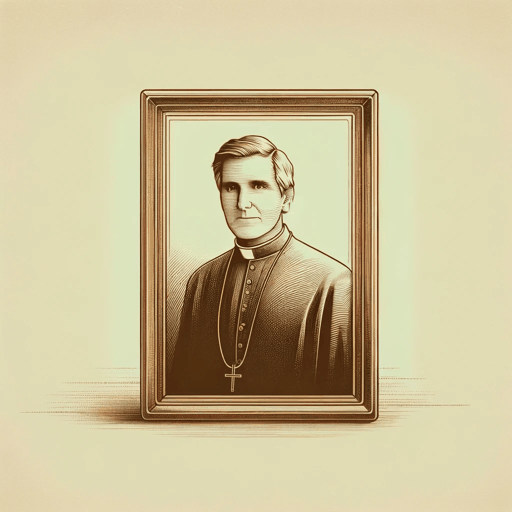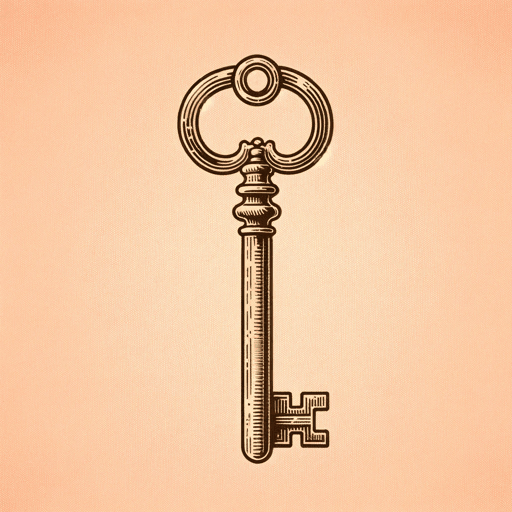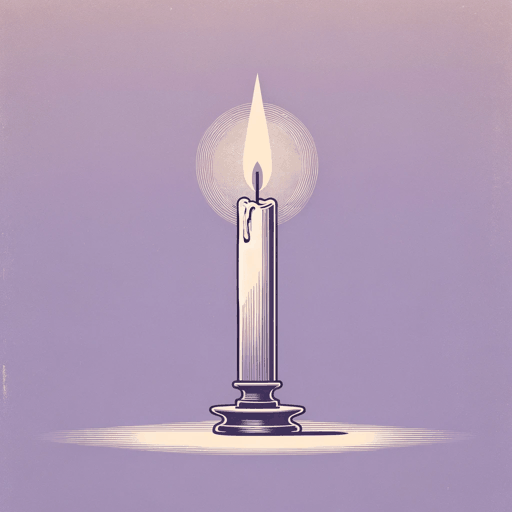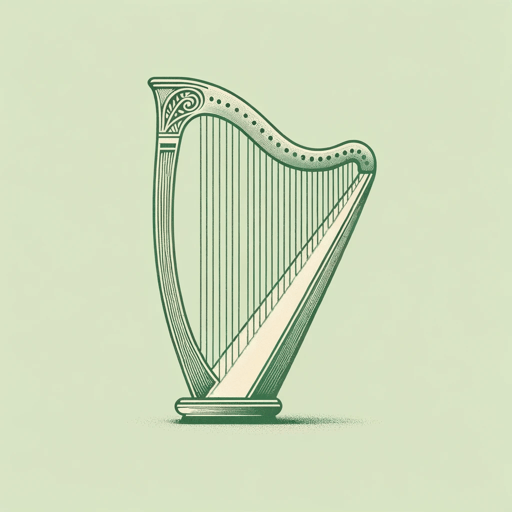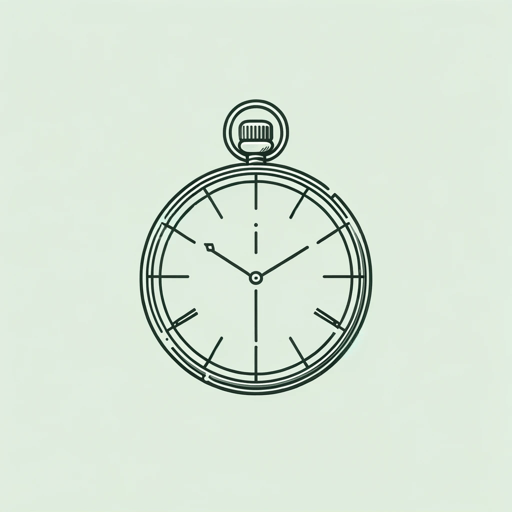29 pages • 58 minutes read
James JoyceIvy Day in the Committee Room
Fiction | Short Story | Adult | Published in 1914A modern alternative to SparkNotes and CliffsNotes, SuperSummary offers high-quality Study Guides with detailed chapter summaries and analysis of major themes, characters, and more.
Summary and Study Guide
Summary: “Ivy Day in the Committee Room”
James Joyce’s “Ivy Day in the Committee Room” was first published in his short story collection Dubliners in 1914. The collection was written in 1905, when Irish nationalism was at its peak. The story is a satirical vignette (a short piece that encapsulates the typical characteristics of the thing it represents) critiquing Irish political discourse among lower-middle-class men in the early years of the 1900s. The story is set on October 6, 1902, although Joyce does not reference the year explicitly. Writing a few years later, in 1905, Joyce chooses this date as a symbol of Irish politics at the turn of the century: It is “Ivy Day,” the anniversary of the death of Charles Parnell, foremost political leader of the Irish cause in the previous century. In 1902, King Edward VII was the new king of Great Britain and Ireland, and a state visit to Ireland was planned for 1903. This, along with Parnell’s memory, is the main topic of conversation in the Committee Room. These opposing forces—of colonial and independent rule—form the structural basis of the story’s political and social exposé. “Ivy Day in the Committee Room” is one of 15 short stories in Dubliners, all of which give a Naturalistic portrayal of middle-class life in and around Dublin in the early 20th century. It forms part of Joyce’s fascination with the realistic depiction of life, particularly the experiences of ordinary Irish people and their political and social concerns.
This guide refers to “Ivy Day in the Committee Room” as printed in Dubliners, edited by Jeri Johnson, Oxford World’s Classics, New York, 2000, pp. 91-105. Citations given are to page numbers in this edition.
The story begins on a rainy October 6 afternoon in the early 1900s, in the (fictional) Committee Room of the Nationalist Party, in Wicklow Street, Dublin. Old Jack, the caretaker, fans the embers of a dying fire with a cardboard stoker. Mr. O’Connor sits by the fire. He is a canvasser employed by the Nationalist Party candidate Mr. Tierney to canvass a nearby neighborhood for votes in the upcoming municipal election. However, Mr. O’Connor spends most of his days inside with Old Jack, as the weather has been harsh and Mr. O’Connor’s boots let in water.
Mr. O’Connor rolls a cigarette and lights it using one of the campaign cards he is paid to distribute. In doing so, he illuminates an ivy leaf in his buttonhole, the recognized symbol to commemorate Charles Parnell. As Mr. O’Connor smokes, Old Jack describes the difficulties he is having controlling his son, who he considers to be feckless and dependent on alcohol.
The two are interrupted by Mr. Hynes, an energetic young man also in the Nationalist Party. Mr. Hynes lights candles, and the room is shown to be bare and cheerless. He asks whether Mr. O’Connor has been paid yet, and it becomes clear that Mr. Tierney owes his canvassers payment. Mr. O’Connor asserts that Mr. Tierney might be late paying, but he does at least have the money; he insults a different candidate, Colgan, calling him a “tinker” because of his working-class background. Mr. Hynes defends Colgan: He considers him pro-Irish and a representative for the working class, while Mr. Tierney is merely looking to improve his own position. Mr. Hynes points out that Mr. Tierney, although a Nationalist, is likely to give a welcome speech to King Edward VII, the colonial ruler of Ireland. After some back and forth, Mr. Hynes points to his own ivy leaf lapel pin, and the three men agree that Parnell would have been the ideal candidate if he were still alive.
The three men are then joined by Mr. Henchy, an impatient, outspoken man also hired by Mr. Tierney to canvass for votes. Upon entering the Committee Room, Mr. Henchy informs Mr. O’Connor that Mr. Tierney will not pay them today for their work, and Mr. Henchy proceeds to emphasize the accuracy of their employer’s nickname: “Tricky Dicky Tierney.” The men all complain about lack of payment and that they are short of money. Mr. Hynes then leaves the room. Mr. Henchy and Old Jack insult Mr. Hynes behind his back. Mr. Henchy calls Mr. Hynes a “sponger” and accuses him of being a spy for the British authorities. The imputation is that Mr. Hynes hangs around the canvassers in the hope of them buying him a drink, or to get information. Mr. O’Connor defends Mr. Hynes as a “straight man” and “clever.”
A Catholic priest, Father Keon, comes briefly into the room. He is young and shabbily dressed. He is invited to stay but leaves. The men behave deferentially to the priest, Mr. Henchy lighting him down the stairs, but gossip about him after he is gone. A delivery boy from Mr. Tierney’s pub, The Black Eagle, enters the Committee Room carrying a box of a dozen porter bottles for the canvassers. This is part of their expectation as employees of Mr. Tierney. At the arrival of the beers, Mr. Henchy’s opinion of Mr. Tierney shifts into a much more favorable light, and he offers a beer to the delivery boy. The men comment how, at 17, the delivery boy is at the “thin end of the wedge” in his own relationship with alcohol (98).
Two more canvassers then enter the Committee Room, Mr. Lyons and Mr. Crofton. They are wet and joke that they have been working while the others have already started drinking by the fire. The two newcomers must wait for the fire to pop the corks off their porter bottles, as the delivery boy left with the corkscrew. As they wait, Mr. Lyons begins debating with Mr. Henchy about King Edward’s upcoming visit to Ireland and comparing the disreputable behavior of the king of England to that of Parnell. Mr. Lyons is anti-Parnell, and Mr. Crofton is a Conservative (a unionist). Mr. Crofton is supporting Mr. Tierney because the Conservative candidate has withdrawn, giving their support to Tierney. These men’s opinions on the king and Parnell reflect their affiliations. Mr. O’Connor interrupts the two, stating that they should not slander Parnell on the anniversary of his death.
Mr. Henchy, now more talkative due to the influence of the porter, spots Mr. Hynes walking in the hall and invites him back into the Committee Room. As another porter bottle is placed near the fire, Mr. Henchy and Mr. O’Connor encourage Mr. Hynes to recite a poem he wrote in tribute to Parnell for the group.
The poem, titled “The Death of Parnell,” paints Parnell as a tragic hero in the cause of Irish independence, depicting him as the “Uncrowned King” of Ireland upon whose pyre “Erin’s hopes and Erin’s dreams” perished when he died (103-104). Critically, the poem emphasizes the people of Ireland’s own role in Parnell’s downfall, as the conservative Catholic reaction to his extramarital scandal shattered his support throughout the country.
After Mr. Hynes finishes his recitation, the entire group claps (even Mr. Lyons). The cork pops out of Mr. Hynes’s porter bottle by the fire, but Mr. Hynes does not retrieve his beer. Mr. O’Connor begins to roll another cigarette to hide his emotion as Mr. Henchy comments to Mr. Crofton about the quality of Mr. Hynes’s poem. Mr. Crofton remarks, “[I]t was a very fine piece of writing” (105).








Related Titles
By James Joyce
